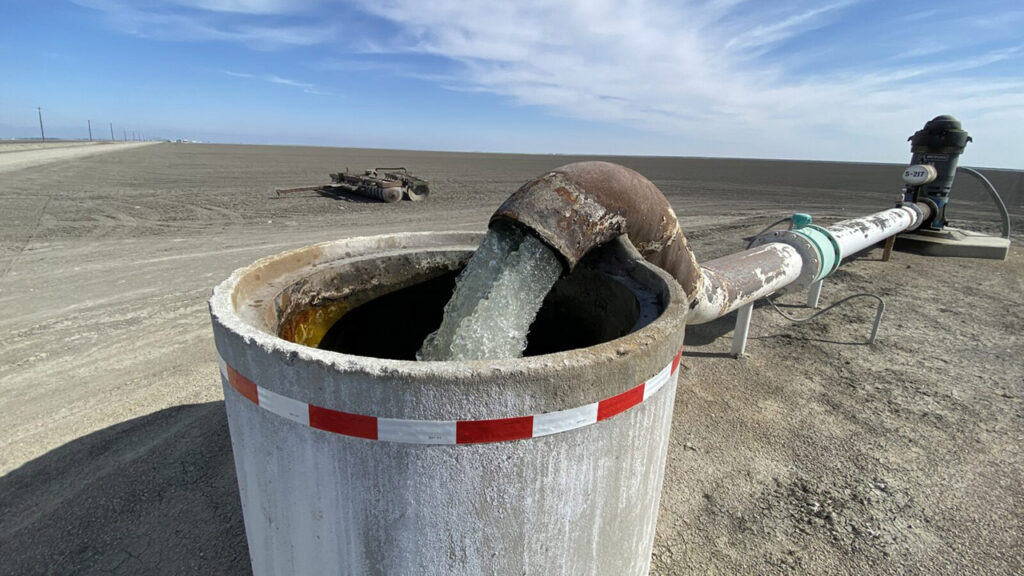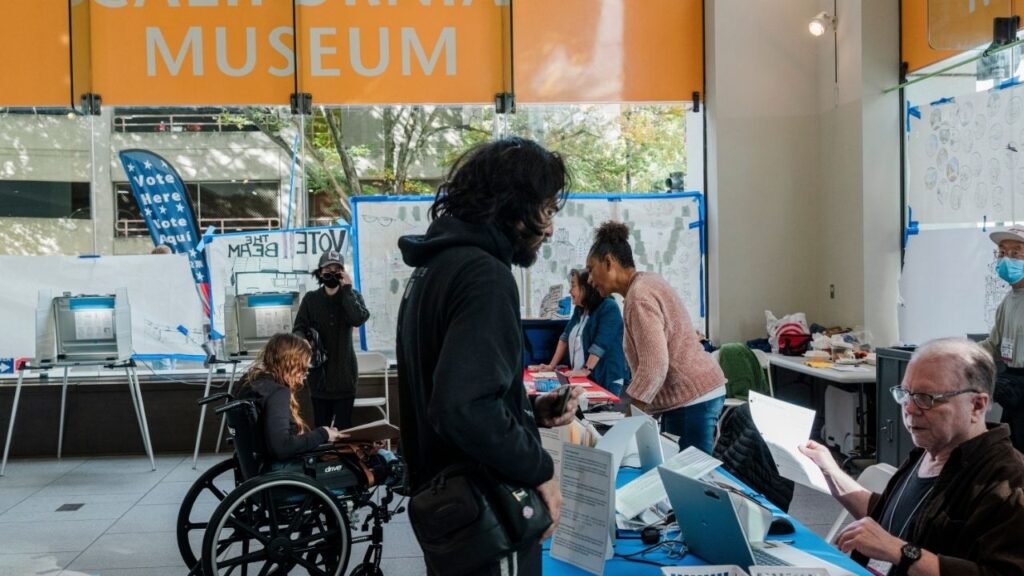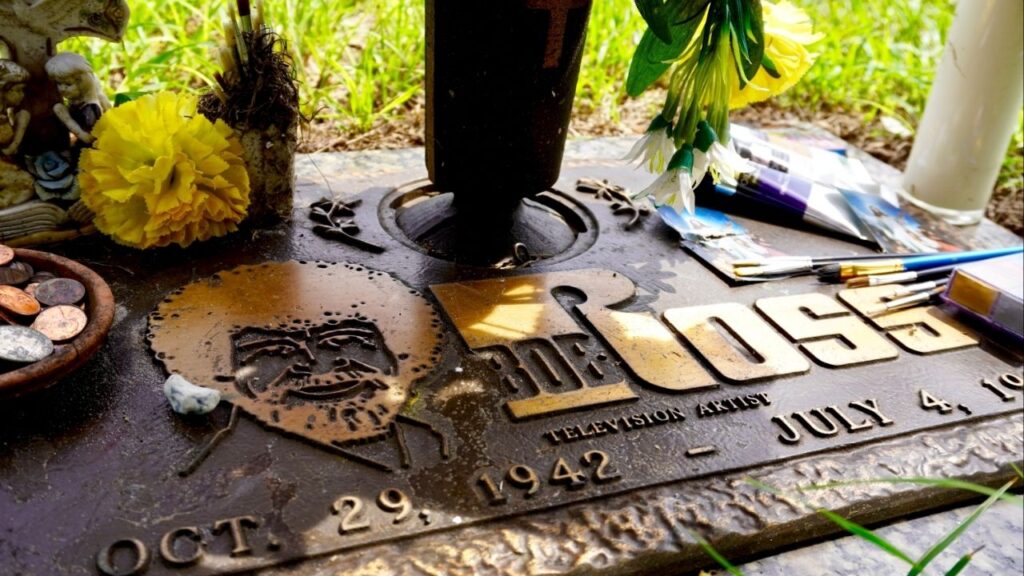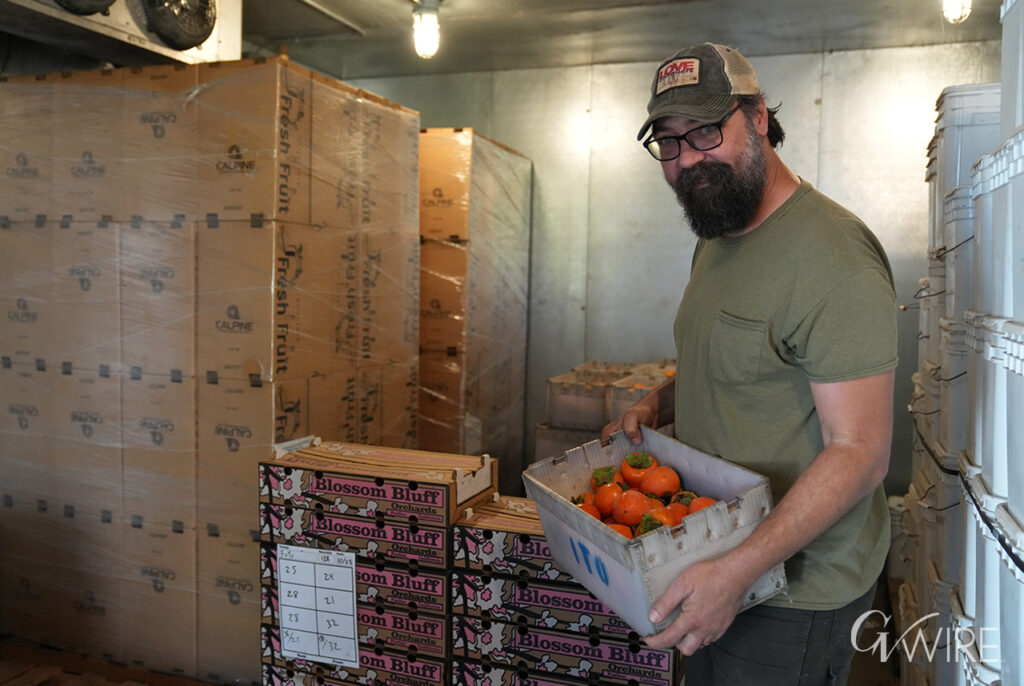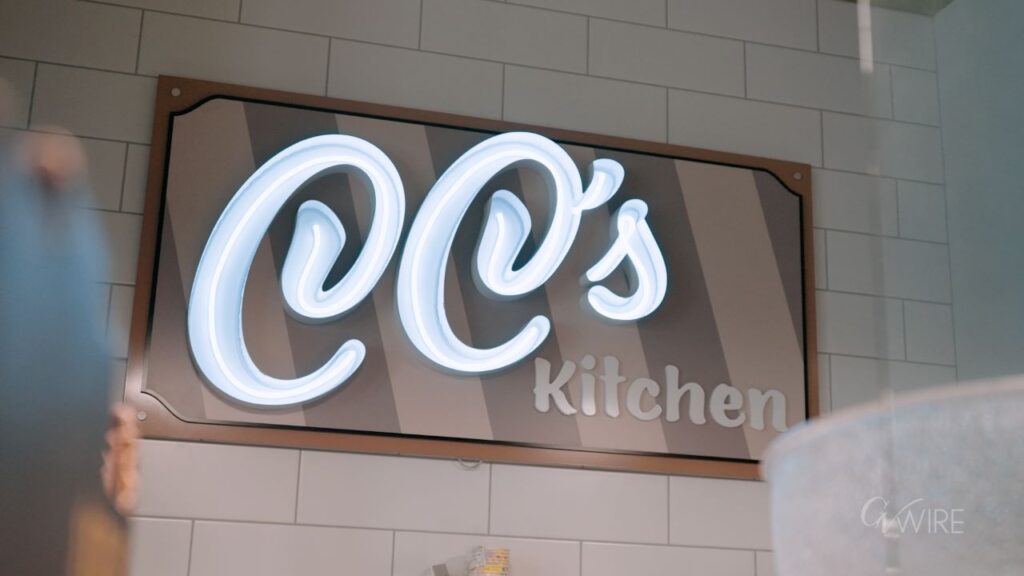Share
Fresh off a week filled with rain and snow due to an atmospheric river, water conservation may not be top of mind for everyday Californians.

“This is another important step in the Legislature’s focused effort to reengineer water policy away from crisis management and toward a 21st century approach.”–Senator Bob Hertzberg, D-Van Nuys, speaking after Governor Jerry Brown signed the water conservation laws in 2018
NBC Bay Area Meteorologist Rob Mayeda just broke down some figures from this latest storm. In a Friday tweet he says, “Sierra Snowpack Surge: Up to 66% of average from just 40% one week ago. Biggest rains for the Central and Southern Sierra.”
While the recent precipitation may make the 2011-2017 California drought seem like a distant memory, a couple of laws passed by the legislature at that time are set to rain down policy on water agencies throughout the state.
55 Gallon Per Day Standard
Starting in November of 2023, California will enact a statewide indoor water use standard of 55 gallons per person per day. Local water agencies could be fined $10,000 a day by the state if they fail to meet the standard.
The law does not limit individual water use and there are no penalties in the law for people who use more. It sets a standard for average indoor water consumption calculated across all users served by the agency.
Still, the law sets an ambitious goal that will require significant reductions in personal water use patterns, based on currently available data.
According to American Water’s calculator, an eight-minute shower, four trips to the toilet, and ten minutes of running water (for brushing teeth, cooking, and drinking) can consume 43 of those 55 gallons.
Separating Indoor and Outdoor Water Use Could Pose Challenge
Currently, City of Fresno residents use an average of 186.4 gallons of water per day. It’s a little more in the city of Clovis where residents use 222.8 gallons per day on average. The problem is there is no good way to differentiate between indoor and outdoor use. There’s only one meter measuring total use.
These are all numbers provided by the State Water Resources Control Board which also provides an interactive tool (below) where you can see average water use by area throughout the state.
To give you an idea of how conservation is going, an average Fresno city resident used about 240 gallons of water in 2018 according to ‘Recharge Fresno.’
City of Fresno Communications Director Sontaya Rose says the city’s Urban Water Management Plan addresses water planning. The 2015 UWMP is the most recent report and is publicly available on the Department of Public Utilities webpage. The 2020 UWMP is currently in progress and has a completion deadline of July 1, 2021.
In addition to the 55-gallon standard, the state laws will set targets for outdoor water use and water loss due to leaks.
City of Clovis
A city of Clovis official says the 222.8 gallon usage number is misleading because it represents total gallons used in an average home for the month of August, when water consumption is usually highest.
Assistant Public Utilities Director Paul Armendariz tells GV Wire℠ the state’s goal of 55 gallons per day excludes outdoor uses, such as lawn watering and pool maintenance.
“There is still a yet to be determined allocation for outdoor residential use that is part of the state’s objective,” says Armendariz. He says he’s recently started a series of meeting with the state Department of Water Resources to work up a way to come up with an appropriate amount of water residents can use outdoors.
Armendariz says the problem for most municipalities is they only have one meter per household that measures everything. He does not foresee installing a second meter on every home to distinguish a person’s indoor use versus outdoor.
“Nobody is going to be doing that,” says Armendariz.
The closest measurement he has at his fingertips right now is how much water is coming into the city’s sewage plant because that’s all coming from indoor uses. He can put forth a guess right now as to how much water is being used on average in every residence.
“Low 60 gallons (range),” says Armendariz. GV Wire℠ asked him if he believes that’s a number the state would go with. He says that’s just an internal city of Clovis number at this time.
Until the outdoor allocation is established, it’s unknown where Clovis stands in meeting the state’s target.
As to whether he’s worried about possibly getting fines from the state in the future?
“I’m not overly concerned right now because of how much conservation has been done,” responded Armendariz. He says the city is offering rebates for residents that want to replace older toilets and washing machines with more water-efficient models that can help residents continue to cut down on their indoor water use.
Water Conservation Legislation
Senate Bill 606 (Hertzberg) and Assembly Bill 1668 (Friedman) were passed in an effort to build on California’s ongoing efforts to make water conservation a way of life.
Some of the other requirements of SB 606 and AB 1668 are:
- Beginning in November 2023, urban water suppliers will annually calculate a water efficiency standard based
on the indoor and outdoor water needs of its service area. - The indoor water use standard is one of several metrics used to calculate the overall efficiency standard for a service
area. The laws establish a standard of 55 gallons per person per day until January 2025, and then to 50 gallons
per person per day in 2030. However, those targets are aggregated across the population in a service area and
are not intended as enforceable standards for individuals. - The State Water Board may initiate enforcement actions in 2025 against urban water suppliers if they fail to meet
the standards. The standards are scheduled to go into effect in 2023.
Squeezing the Smallest Amount of Water Users

“50 percent of the state’s water goes to environmental uses.–Author Steve Greenhut says making the point the new laws only target the smallest water users
Author Steve Greenhut, who recently wrote the book “Winning the Water Wars”, argues the state is essentially trying to squeeze juice out of a turnip.
“50 percent of the state’s water goes to environmental uses, about 40 percent for agriculture and about 10 percent for urban uses, with five point seven percent for residential use,” Greenhut tells GV Wire℠ by phone. The standards seem to be increasingly focused on a really small percentage of water.”
Greenhut also sees a possibility the state is entering into yet another drought period. A check of the United States Drought monitor shows most of California ranges from abnormally dry to exceptional drought as of January 28th.
Governor Brown Signed the Laws in 2018
When then Governor Jerry Brown signed the legislation in 2018 the state was still fresh off a multi-year drought that put water conservation at the top of many priorities at the Capitol.
“This is another important step in the Legislature’s focused effort to reengineer water policy away from crisis management and toward a 21st century approach,” said Senator Bob Hertzberg (D-Van Nuys) at the time.
His bill, SB 606, was signed by Brown, along with its partner bill, AB 1668 by Assemblymember Laura Friedman (D-Glendale).
“For the first time, we have the state working collaboratively with local governments and urban water suppliers to put in place water efficiency standards that will help every community focus on sustainability,” said Friedman. “The next drought is inevitable, but we can change the way we prepare across California. These bills focus on efficiency first and give water agencies the flexibility to embrace innovation and tailor their approach to meet the unique needs of their community.”
Association of California Water Agencies
“The statewide indoor water use standard is not enforceable on individual water users,” Dave Bolland, director of state regulatory relations at the Association of California Water Agencies told KQED after the 2018 laws were enacted.
ACWA even put out their own fact sheet a few weeks ago after they say some news reports were providing inaccurate information regarding the water use targets.
Their bullet points include:
- Water agencies are required to calculate a water efficiency standard for their entire service area annually based on indoor residential water use; outdoor water use; and commercial, industrial and institutional irrigation.
- The standard of 55 gallons per person per day for indoor residential water use is not intended as an enforceable standard for individuals. It is one of several elements used to calculate the overall efficiency standard for a service area.
- Individuals will not be responsible for State Water Resources Control Board fines. Instead, the State Water Board can fine water agencies up to $10,000 per day if the agency does not meet its cumulative standard.
- There is no law against showering and doing laundry on the same day. There are no specific statewide laws that require individual households to meet any specific targets. The targets will be set for an entire service area and are scheduled to go into effect in 2023.
RELATED TOPICS:
Categories

Steam Down for Thousands Tuesday, Downdetector Shows

Mexico Imposes 156% Tariff on Sugar Imports










